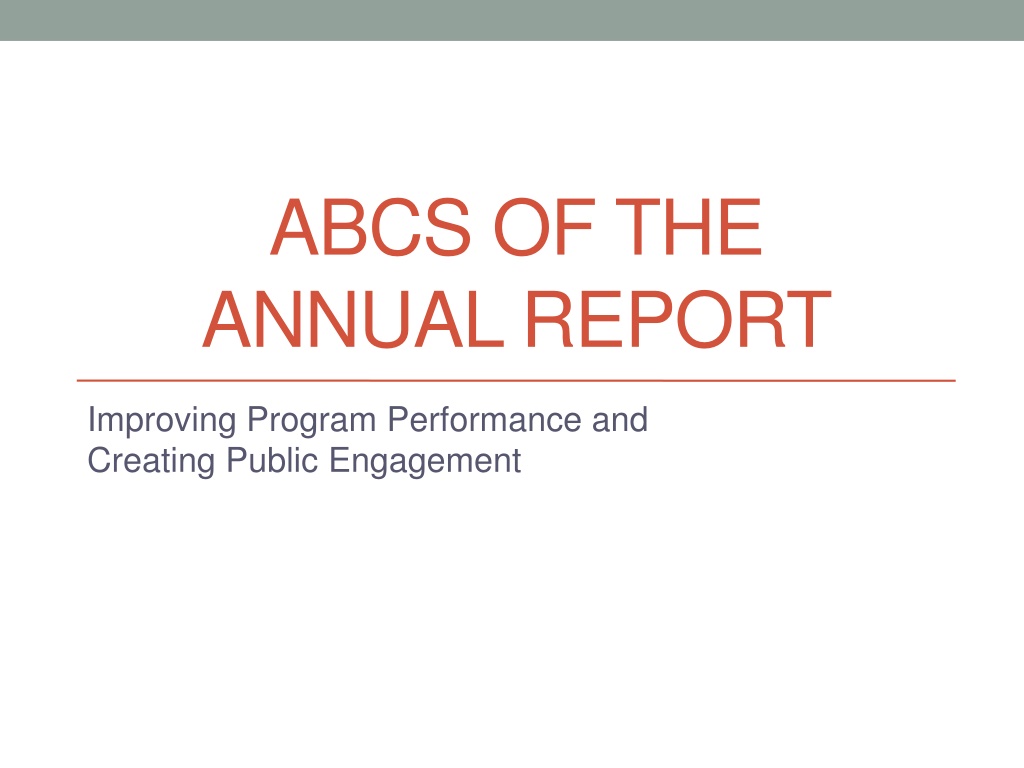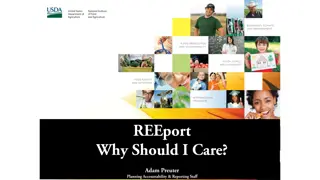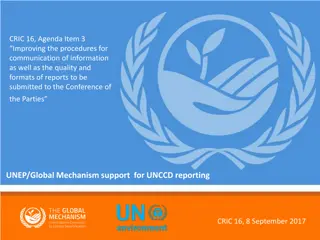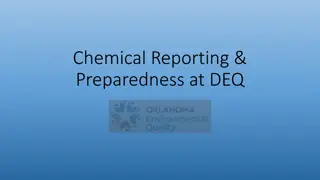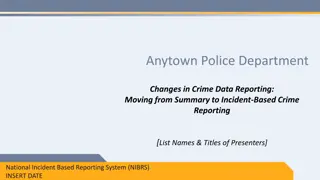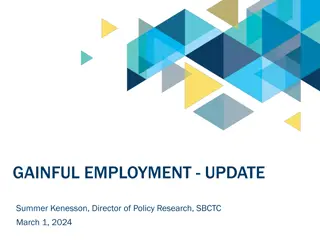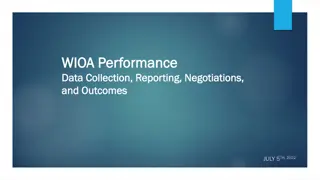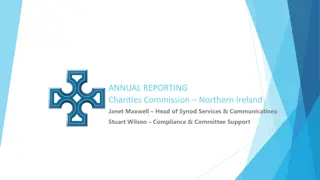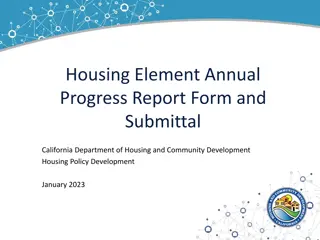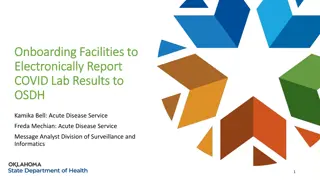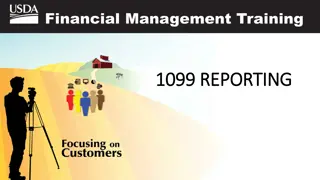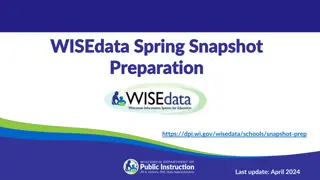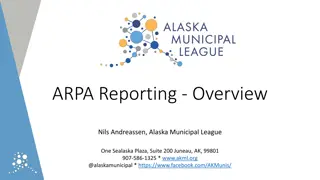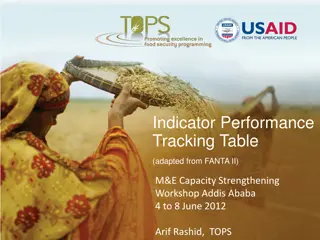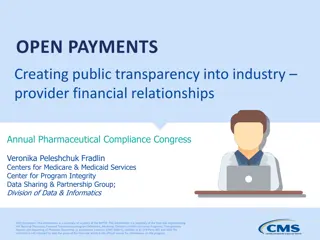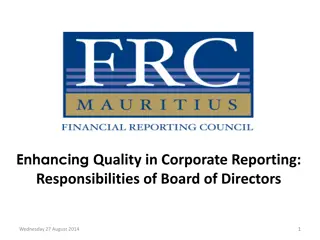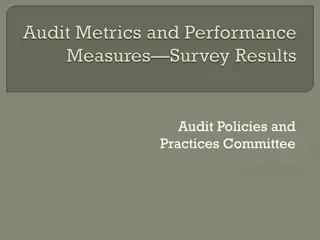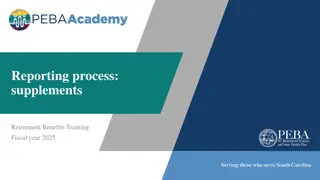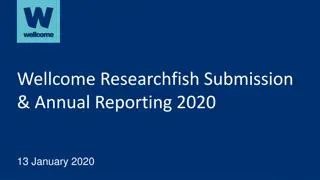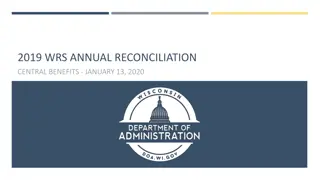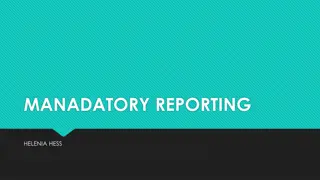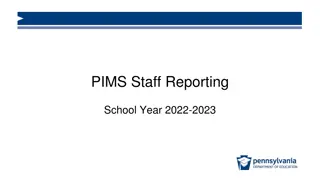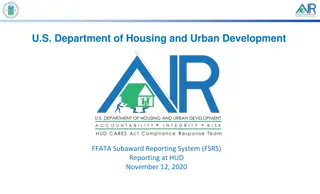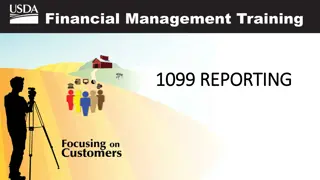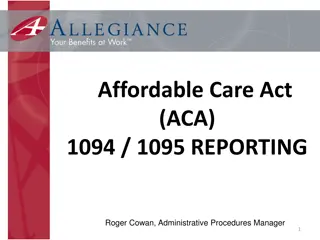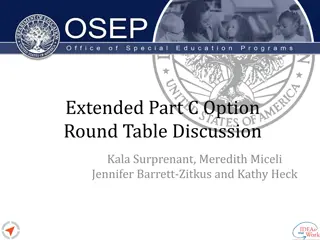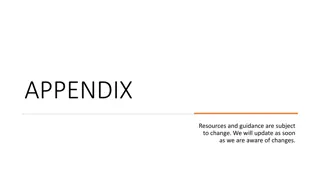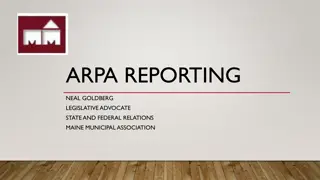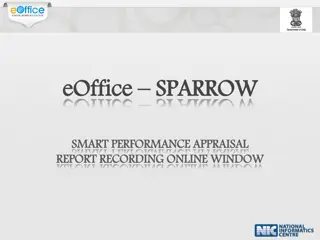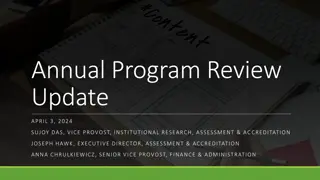Enhancing Program Performance Through Annual Reporting
Annual reports play a crucial role in improving program performance and engaging the public by providing essential data, insights, and accountability. Grounded in policy, these reports define audiences, ensure data quality, and guide decision-making based on HMIS data. By establishing coverage and understanding relationships, annual reports help tell stories like Jane's, highlighting the complexities and impact of social services.
Download Presentation

Please find below an Image/Link to download the presentation.
The content on the website is provided AS IS for your information and personal use only. It may not be sold, licensed, or shared on other websites without obtaining consent from the author. Download presentation by click this link. If you encounter any issues during the download, it is possible that the publisher has removed the file from their server.
E N D
Presentation Transcript
ABCS OF THE ANNUAL REPORT Improving Program Performance and Creating Public Engagement
Why do an Annual Report Grounds the HMIS in reality!!!!! Data is about as useful as the degree it is used. The foundation of all Reports is how many . Supports the management of resources. Supports performance improvement.
Grounded in Policy Define the audience / purpose: Partners include agencies, CoCs, SAs and local and state Leadership. Defined Schedule: Defined Data Quality Circle: Count Report Annual Report Agency Validation CoC Validation
Data Quality Review Cycle (Data Phase) Count Report is updated based as needed (agency / CoC / Standards review) Data Quality Review Interval (DQ Review Interval) has elapsed (the interval before data quits changing (March 1) March 1: Initial Data run is completed and provided to CoCs CoCs review the run and make any suggestions for change Report is updated ( d and e may involve an extra cycle of data as needed) April 15th: Final run is completed by MCAH and local CoCs. Note: For each CoC, MCAH and the CoC will decide whether the MCAH run or the CoC run is most appropriate. The approved run is integrated into the Statewide spreadsheet and the is maintains a copy for local publication. A. B. C. D. E. F. G.
Some Decisions Rely exclusively on HMIS data or project to the whole. Estimating Coverage: Why do it? Plus Better define the scope of the problem. Help others understand the strengths and limitations of the count Process of establishing coverage builds collaboration Your data is important even if you aren t on the System . Minus Based on a formula and concepts. Understanding requires a little effort. Surprisingly hard to explain.
Janes Life Are there Accountants in the House? Jan 10: Pregnant 17 year old Jane enters a Detroit youth shelter. Her birthday is February 10th. Feb 5: Jane moves to a shelter that specializes in young families in Lansing and has her baby Mar 10th. Explaining the relationships between time, people and the Count. Hey --- the numbers don t add up? Mar 12: Jane s children move to grandma s house in Lansing and Jane moves to a new shelter without children. Where is Jane counted?
Where is Jane Counted? Location Adults in Family Unaccompani ed Youth Single Adult Overall Unduplicated Count: 1 1 1 1 Detroit Lansing 1 1 1 1 2 1 1 1 4 1 Sum: Unduplicated Total:
Other Critical Descisions Do you restrict the Count to those meeting HUD s Literally Homeless Definition? Category 1: Streets or Shelter Category 2: Imminent Eviction with no place to go. Other homeless Definitions: Doubled-Up due to a housing crisis. Other Data (eg. Income, disability, insurance, VI-SPDAT): Sample or whole data set How do you cut it
Other Critical Decisions What about outcomes: Guided by the audience: Even if you don t publish you should calculate. 3 basic measures: Exits to housing Increases in income Employment Other measures from your Campaign Veterans Housing creation Dashboard: Limited number of routine measures targeting specific measures of interest that are tracked over time.
Are You Ready to Publish? Do you have enough data in the System with enough detail to craft a message adequate coverage or adequate combined coverage if you are rural? Good Data Quality Do you have willing and interested partners willing to dedicate some time? Do you subject matter experts from the program and from the System side. Reasonable time frame? Are you excited??? Remember this is administrative data. It s not perfect!
Report Design and Publication Phase Report Design and Publication Phase includes collection of all data points, further analysis, production of message, editing and design elements and printing. Lets Review the newest and greatest: Michigan s 2015 Annual Report A detailed Annual Report Decision Grid may be had upon request. Barbara Ritter: britter@mihomeless.org
